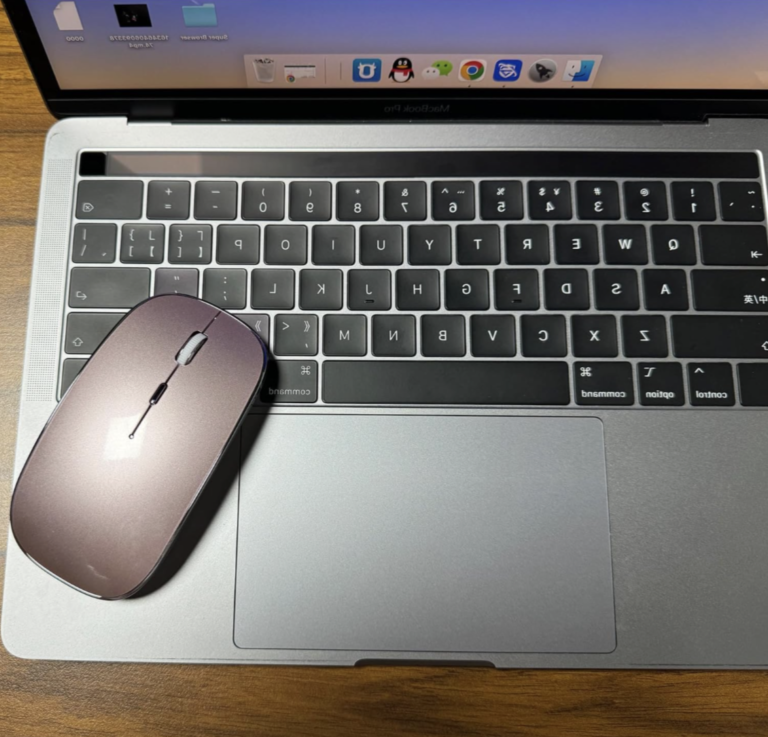Does HDMI 2.0 Support Dolby Atmos?
Delivering immersive, theater-quality surround sound to your home audio system requires advanced audio formats like Dolby Atmos. This 3D audio technology has become more common, but getting the most out of it requires HDMI 2.0 hardware. As we upgrade our AV setups, a common question echoes: Does HDMI 2.0 support Dolby Atmos?
Yes, HDMI 2.0 does support Dolby Atmos, marking a milestone in delivering three-dimensional audio bliss to your home theater. However, understanding the interplay between HDMI versions, audio formats, and device compatibility is crucial to unlocking the full Dolby Atmos experience.
In this article, we’ll cover everything you need to know about whether HDMI 2.0 supports Dolby Atmos. So, let’s equip ourselves with knowledge that goes beyond the surface.

What is the HDMI Cable Version Requirement for Dolby Atmos?
At a minimum, Dolby Atmos requires HDMI 1.4 cables that support ARC (Audio Return Channel) and bandwidth speeds of at least 10.2 Gbps. However, for Atmos playback above 5.1.2 channels or at higher resolutions like 4K, HDMI 2.0 or 2.1 is recommended.
HDMI 2.0 boosts available bandwidth to 18 Gbps, while HDMI 2.1 jumps up to 48 Gbps. This provides plenty of overhead for lossless Dolby Atmos quality at multiple channel counts and high resolutions.
So, Is HDMI 2.0 Compatible with Dolby Atmos?
Yes, HDMI 2.0 is fully compatible with Dolby Atmos. The 18 Gbps bandwidth easily supports Dolby Atmos audio up to 7.1.4 channel layouts and 4K video resolution. This is sufficient for most consumer home theater configurations.
However, for extreme Dolby Atmos setups with more than 9 channels or 8K video, the 48 Gbps speeds of HDMI 2.1 would be required. But HDMI 2.0 has enough specs to handle Dolby Atmos in the vast majority of installations.
Attempting to transmit Dolby Atmos over the limited HDMI 1.4 specification will result in lossy, compressed audio and the Atmos metadata being discarded. You would end up with basic surround sound lacking real Atmos object effects.
Do You Need HDMI 2.1 for Dolby Atmos, or is 2.0 Sufficient?
While HDMI 2.1 is optimal, HDMI 2.0 provides everything most users need for robust Dolby Atmos playback. Key advantages HDMI 2.1 provides include:
- Higher Bandwidth: HDMI 2.1 introduces features like increased bandwidth, supporting higher resolutions and refresh rates. It also brings support for dynamic HDR, variable refresh rate (VRR), and quick frame transport (QFT), contributing to an overall enhanced audiovisual experience.
- eARC Over ARC: HDMI 2.1 introduces enhanced Audio Return Channel (eARC), surpassing the capabilities of Audio Return Channel (ARC) found in HDMI 2.0. eARC provides a higher bandwidth, facilitating the transmission of uncompressed and lossless audio formats, including Dolby Atmos. This is a significant leap from ARC, ensuring that the audio signals maintain their fidelity and richness.
However, HDMI 2.0 handles both Dolby Atmos audio and 4K video signals with no issue. Unless you have an incredibly high-end screening room setup with 8K video capability, HDMI 2.0 will deliver fantastic Dolby Atmos sound.
Setting Up Dolby Atmos with HDMI 2.0 (Optional)
Now that we’ve established the compatibility, let’s explore the practical steps to set up Dolby Atmos using HDMI 2.0.
Step 1: Device Connection
Connect your source device, whether it’s a Blu-ray player, gaming console, or streaming device, to your AV receiver or soundbar using an HDMI 2.0 cable. Ensure that both your source and output devices support HDMI 2.0 and Dolby Atmos.
Step 2: AV Receiver Configuration
Access the settings menu on your AV receiver and ensure that Dolby Atmos is selected as the audio format. Additionally, configure the speaker setup to match your home theater arrangement, allowing the receiver to optimize audio output accordingly.
Step 3: Source Device Settings
On your source device, navigate to the audio settings and select Dolby Atmos as the preferred audio format. This step ensures that the audio signal is encoded in Dolby Atmos before reaching your AV receiver or soundbar.
Step 4: Speaker Placement
For the full Dolby Atmos experience, consider a speaker setup that includes overhead or height speakers. These additional speakers contribute to the three-dimensional audio environment, allowing you to fully immerse yourself in the sound experience.
When set up properly with HDMI 2.0 hardware, you’ll be blown away by the realism of Dolby Atmos effects and 3D audio objects! Let us know if you have any other questions.
FAQs
Q1. Can I experience Dolby Atmos with HDMI 1.4 or older versions?
- No, HDMI 1.4 and older versions lack the necessary bandwidth to support Dolby Atmos. Upgrading to HDMI 2.0 or higher is essential for unlocking the full potential of Dolby Atmos. In some cases, you can get basic Dolby Atmos effects but only via lossy Dolby Digital Plus, not full bandwidth Dolby TrueHD.
Q2. Does Dolby Atmos work over optical audio?
- No, Dolby Atmos requires HDMI 2.0 since optical cables lack the bandwidth for Dolby TrueHD with Atmos metadata. Optical is limited to compressed formats.
Q3. Can HDMI ARC pass Dolby Atmos audio?
- No, HDMI ARC has much lower bandwidth than standard HDMI 2.0, so cannot transmit the full Dolby TrueHD + Atmos signal. Use ARC only between TV and receiver.
Q4. If my HDMI cable is labeled “High Speed,” does that mean it’s HDMI 2.0?
- Not necessarily. A High Speed HDMI cable may still only support up to HDMI 1.4 speeds. Check specifications to confirm if a cable supports 18 Gbps for HDMI 2.0.
Conclusion
Qhile HDMI 2.1 is optimal for future-proofing, HDMI 2.0 has adequate technical specifications to support Dolby Atmos in most home theater environments. For the average user’s needs, HDMI 2.0 provides more than enough bandwidth and connectivity for excellent Dolby Atmos audio integration. Focus on quality cables, proper configuration, and speaker setup first, and HDMI 2.0 cables will likely suffice to unlock Dolby Atmos immersive sound.
Subscribe to our newsletter
& plug into
the world of technology





